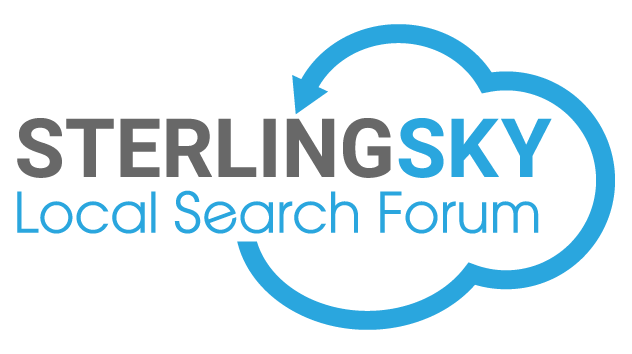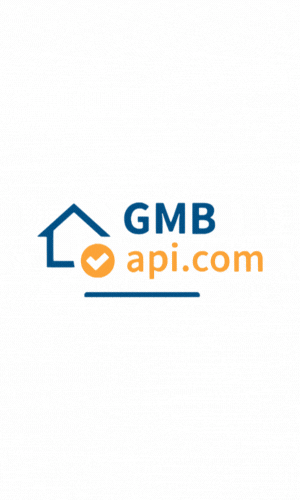There's a few different ways to look at this for sure. Here are some thoughts I had about it (i adore content calendars - I wish more clients would do them and stick with it)
If there is seasonality at all to your business- it makes this a bit easier. you can look at "what" your customers purchase and "when" they purchase it. Then look at the length of journey. How long before they purchase do they start shopping. For example, a vacation rental cient might have a huge season from February through April - and they know that a majority of that block is booked between thanksgiving and new year. That means that any promotions, new information, new photos, etc needs to be done and uploaded to the site before Thanksgivung - I'd do it before early November just to be sure.
If there's very little seasonality - I'd consider the length of time your customers shop before they buy - start with top of funnel buyers. They're the ones that youneed to "lure" down the funnel. Are they shpping for 2-3 months? that means the content to get them engaged with your brand needs to be published ASAP to get your brand on their radar.
Another strategy may be to look at the customer that ultimately DID NOT buy from you. Can you survey them and ask why? Maybe its a few small fixes that convert more shoppers from middle funnel to conversion - it could be as simple as adding FAQ, posting hours, adding the correct hours to your GMB - outlining what credit cards you take or just adding some trust symbols & more reviews to your website.
Here are some generalities I got from asking Bard about content calendars and TOFU, MOFU, and BOFU content - i wasnt sure about Ratios so i thought I'd see what AI had to say.
In general, you should aim to have a mix of TOFU, MOFU, and BOFU content in your content calendar. The exact ratio will depend on your specific goals, but a good starting point is to
have 60% TOFU content, 20% MOFU content, and 20% BOFU content.
Here are some tips for incorporating the customer journey into your content calendar:
- Start by mapping out the customer journey. This will help you to identify the key steps that your customers take from awareness to purchase.
- Create content for each stage of the customer journey. Make sure that your content is relevant to the stage that the customer is at.
- Use a variety of content formats. This will help you to reach a wider audience and keep your content fresh.
- Promote your content across multiple channels. This will help you to reach more people and increase the visibility of your content.
- Track your results and make adjustments as needed. Use analytics to track the performance of your content and make adjustments to your strategy as needed.
- By following these tips, you can create a content calendar that effectively addresses the customer journey and helps you to achieve your marketing goals.
Hope this is helpful!




